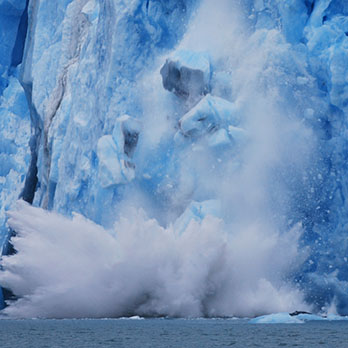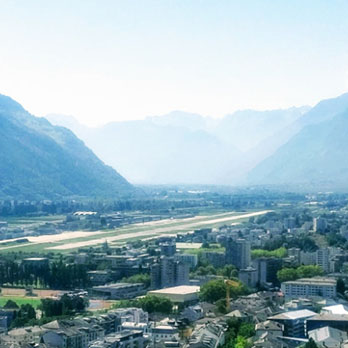Dr Philip Porter
Glaciers are key indicators of climate change and are pivotal to providing human water resources, particularly in Asia.
Phil leads field research expeditions to the high Arctic, Iceland, European Alps and the Himalayas to study shrinking glaciers. He uses a variety of techniques, including laser scanning and drones, to study glaciers and their meltwater production over different seasons.
Better climate change forecasts help people plan and adapt
Critical to this is the investigation of how glaciers work internally, which enables better understanding of meltwater production in response to global warming and the consequent implications on water supplies for human activity, such as irrigation for farming, power generation and drinking water consumption.
Phil’s recent work will greatly improve our understanding of Himalayan glacier responses to climate change. Known as ‘the water tower of Asia’, snow and ice melt from the Himalayas is a critical water resource for the wider Asian continent, feeding the major Asian rivers. Insights from this work will enable better predictions of future water resource availability, not only for people living in the Himalayas, but also the potential impact on future water supply to Asia’s rivers and supply of water for the region’s agriculture and global food production in the decades to come.
Partnering with Herts
Phil’s work is part of the University of Hertfordshire’s Centre for Climate Change Research (3CR). The centre brings together over 50 academic and research staff from all our Schools of Study to investigate one of the most urgent global issues affecting society.
The Centre for Climate Change Research collaborates with national and local government organisations, industry, research institutions and other universities here in the UK and internationally. Get in touch to discuss partnering with us to help power research into climate change challenges and solutions.
Dr Phil Porter is a Reader in Geoscience and Geoscience Education.



